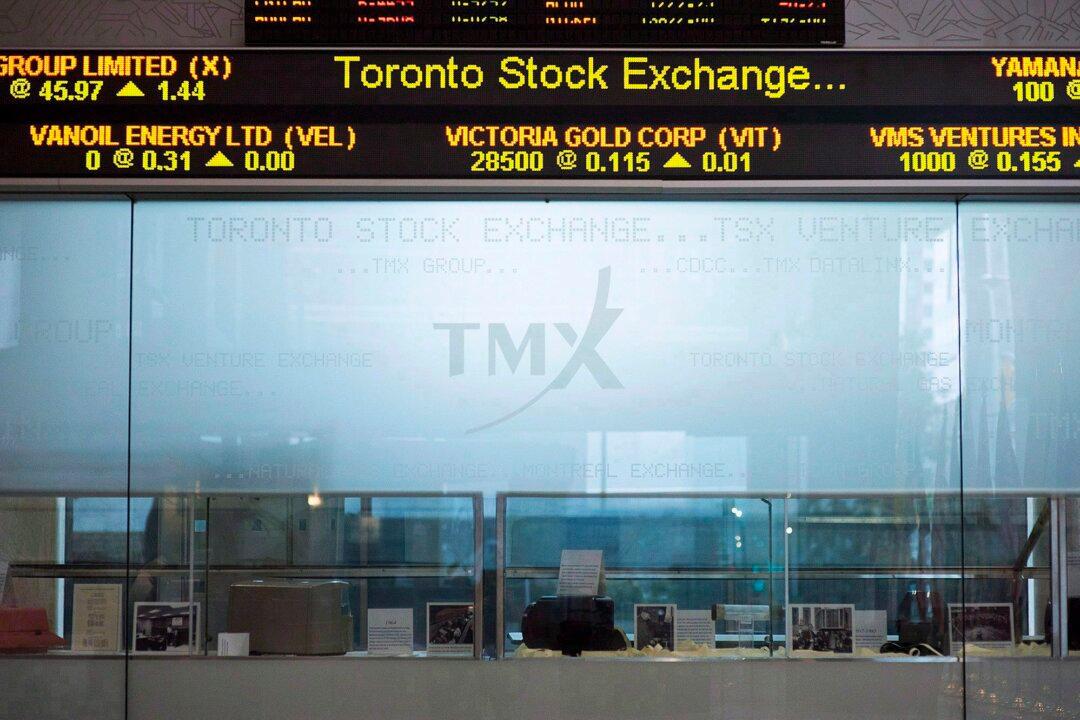NEWS ANALYSIS
The Canadian stock market has long been a laggard globally, but it reached record highs last week and outperformed the S&P 500 by 3 percent in the second quarter.The Canadian economy is starting to behave more like the U.S. economy and the Bank of Canada raised interest rates four times in the last year. Over this period, the Toronto Stock Exchange (TSX) is up 9 percent.





